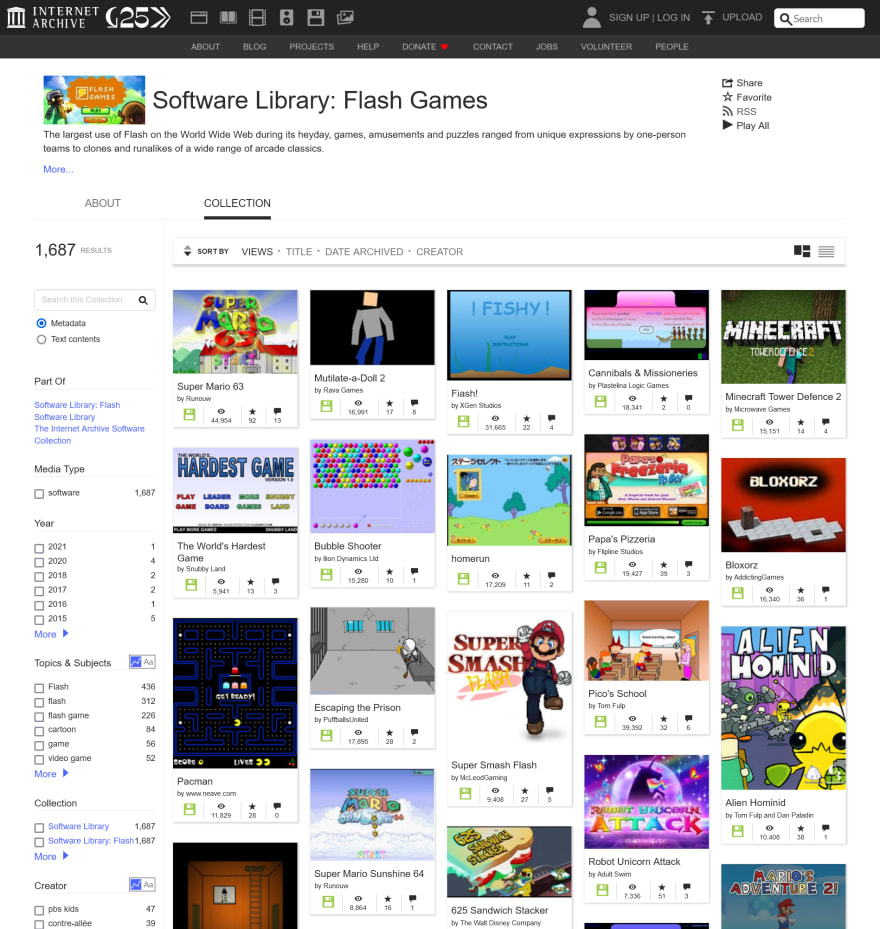Flash used to be the dominant technology to add interactivity and responsiveness to your website. Keyword: "used to". Before HTML5, CSS2.1, and better JavaScript engines, Flash was a great way to add dynamic elements to your website. It could stream video, it had interactive content that allowed for games, and it was all contained in a small file, which was very important in the era of 56K dial-up.

Humble Beginnings
In 1993 Jonathan Gay, Charlie Jackson, and Michelle Welsh founded FutureSplash Software to work on animation software that could use a pen as its interface, called SmartSketch. Unfortunately, the target OS (PenPointOS) was bought out by AT&T and discontinued. After receiving encouragement and recognizing a niche in the web market in the summer of 1995, SmartSketch was transformed into FutureSplash Animator and released in May 1996. At the time, the only way to show animations on the web required embedded Java, which had significant shortcomings in regards to performance and file size (remember, we're still on dial-up!). In 1996, NetScape implemented plug-ins with much better performance, so FutureSplash Animator was released as a plug-in. FutureSplash achieved almost instant fame since Microsoft used FutureSplash Animator for MSN, and Disney used it for their Disney Online site for animations and user interface.

At the same time, Macromedia was working with Disney Online and eventually acquired FutureSplash in November 1996. Macromedia already had Shockwave Director Player, which was used for higher performance applications, such as games or 3D simulations. Macromedia rebranded FutureSplash Animator as Macromedia Shockwave Flash Player (not confusing at all, right?) and released in 1997 with support for motion and audio. Macromedia continued to improve Flash Player, with version 5 being most significant for introducing ActionScript 1.0. ActionScript is an object-oriented programming and scripting language, and was similar to JavaScript since they were both based on ECMAScript 262. ActionScript allowed for more interactive Flash apps, such as games, e-commerce, and ads.

Adobe
In December 2005, Adobe bought Macromedia. At its peak, Flash was supported by 97% of all internet users. However, the good times would not last. Flash was still the dominant technology for interactive web and video streaming, but security concerns and outdated technology were piling up. In 2007, Apple released the first iPhone and refused to allow Flash to be installed, citing multiple concerns, outlined in a famous letter written by Steve Jobs in 2010 titled Thoughts on Flash. In it, Jobs articulates that Apple believes in completely open standards for the web, while Adobe Flash is 100% proprietary and closed. The web was also moving on from Flash video players as more and more sites were replacing Flash video players with HTML5 and the H.264 video codec. Mobile processors struggled to decode Flash videos in software mode, while, at the same time, they had a hardware H.264 video decoder, which improved video playback and nearly doubled the battery life of the iPhone. Adobe Flash was also notorious for being a security risk and Jobs did not want the security of the iPhone tarnished by a third-party technology and be reliant on Adobe for finding, fixing, and releasing updates in a timely manner. In addition, Flash Player was not designed for touch input, but for mouse and keyboard. Jobs reasoned that if developers had to rewrite their flash app to support touch input, they would be better off rewriting their app with newer tools and standards such as HTML5.

Other tech companies were in agreement that Flash needed to go away. Google had used Flash player for their video player in YouTube, but started to transition to an HTML5 player in 2010, with full support for HTMl5 in 2015. After numerous security vulnerabilities, Mozilla turned the Flash Player plug-in off by default in Firefox. Facebook had used Flash Player for their games and videos, but spoke out against Flash Player in 2015 and announced plans to move away from Flash Player. Microsoft stopped including Flash Player with Windows, which they had done since Windows XP. In 2017, Adobe announced that Flash Player would be deprecated, and it reached End of Life on December 31, 2020.
Gone but not Forgotten
Starting in 2014, people realized that Flash Player was on its way out. So the Internet Archive started archiving Flash games and videos that could be played through emulator called Ruffle.

Sources
- https://web.archive.org/web/20060525052731/http://www.adobe.com/macromedia/events/john_gay/index.html
- https://www.wired.com/1997/01/macromedia-rides-the-futurewave/
- http://www.futurewave.com/press/animatorpress.htm
- https://help.adobe.com/en_US/FlashPlatform/reference/actionscript/3/index.html
- https://web.archive.org/web/20030828053226/http://www.macromedia.com/macromedia/proom/pr/2003/flashplayer7.html
- https://helpx.adobe.com/shockwave/kb/shockwave-player-faq.html
- https://web.archive.org/web/20100501010616/http://www.apple.com/hotnews/thoughts-on-flash/
- https://web.archive.org/web/20150915070804/http://www.wired.com/2015/07/adobe-flash-player-die/
- https://archive.org/details/softwarelibrary_flash_games
- https://archive.org/details/softwarelibrary_flash







Top comments (1)
Hi all! I started Flash 5.5 with AS1 on IE5.5! I always use flash (Animate) to build vector animations that play automatically on browsers and mobiles.
It looks very good!
Here is an animation example: abpost-solutions.fr/externalisatio...